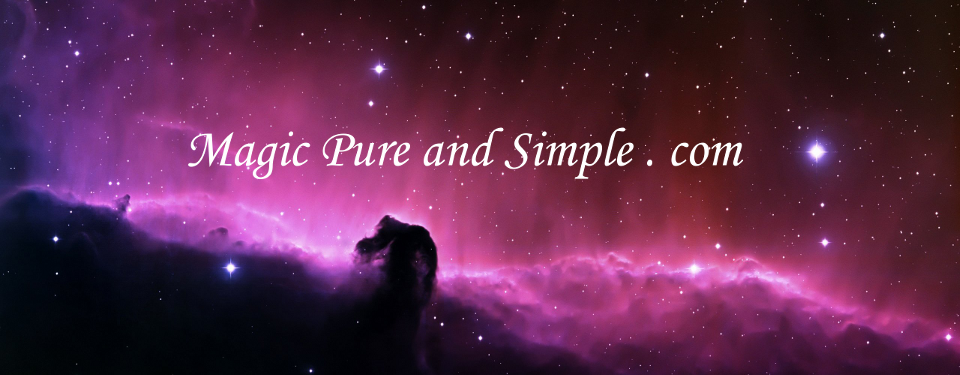This is a difficult to define term because many people hold misconceptions and they are often more common than the correct opinion. Some people like to imagine that High Magic is good magic that led to mystic pursuits and Low Magic is evil magic that panders to base needs, but that does not seem to be the context with which the term was originally used. In his phenomenal work 3 Books of Occult Philosophy, Heinrich Cornelius Agrippa suggests that Ceremonial Magic is the highest of all philosophies. His first two books are Natural Magic and Celestial Magic through which the initiate draws their virtues (or power) from nature, plants, the elements, numbers and the planets / astrology. It is his third book where the initiate uses Qabalistical god names that he deems the “highest” of all philosophy and calls Ceremonial Magic. For Agrippa, there is definitely more of a leaning toward Pythagorean and Neoplatonic mysticism (Theurgy) than toward Qabalah. For him, some of the unmanifest concepts such as numbers and archtypes have a higher existences as perfect divine forms and connecting to these would probably be high magic. Comparatively, lower magic would use elemental and celestial virtues.
Heinrich Cornelius Agrippa’s work had such an influence over Francis Barrett that his influential work The Magus almost reads as a facsimile of Three Books of Occult Philosophy by Agrippa. In contemporary English, we prefer to call this form of flattery by another word… what was it? Oh yeah! Plagiarism. Sadly the Magus was almost entirely ignored until it influenced Eliphas Levi and then it had a massive influence over the Hermetic Order of the Golden Dawn which helped form the basis of most Neopagan ritual practice.
In the 1800s Eliphas Levi wrote his opus magnus “The Doctrine and the Ritual of High Magic” (Most frequently translated as Transcendental Magic). This furthered the idea that High Magic was Qabalistical Magic and used divine god names from Judeo-Christian religions. He compared magicians who drew their power from God to sorcerers who drew their power from the devil. So it was once again established that a connection must exist between High Magic and divine Qabalistical names.
Aleister Crowley sought to make similar contributions, but his idea of the divine did not entirely match what he termed the Old Aeon divine. So holy names such as Therion (the beast), Babalon, Nuit, Hadit, Ra-Hoor-Khuit and IAO replaced most Qabalistical names. While Thelemic morals went entirely against the morals of the old Aeon, he still respected the power of old Aeon names.
Some grimoires are divided into greater and lesser such as the Greater and Lesser Keys of Solomon. The Greater Key focuses entirely on Angel invocation and opening magical gates to the aethyrs whereas the Lesser Key is entirely focused on the summoning of demons. Both use Qabalistical names.
Modern views shared among the Neopagan community tend to suggest that High Magic today is considered Theurgy and Mysticism which draw the magician closer to deity, whereas Low Magic is Thaumaturgy or doing spells to achieve change in gross reality.
LaVeyan Satanism defined “greater” magic as the concentration of the Will to allow for a more powerful magician and “lesser” magic as causing a change in accordance with the will.
One thought on “High Magic”
-
Pingback: What is a Satanist or Setian? | Magic Pure and Simple
Comments are closed.







